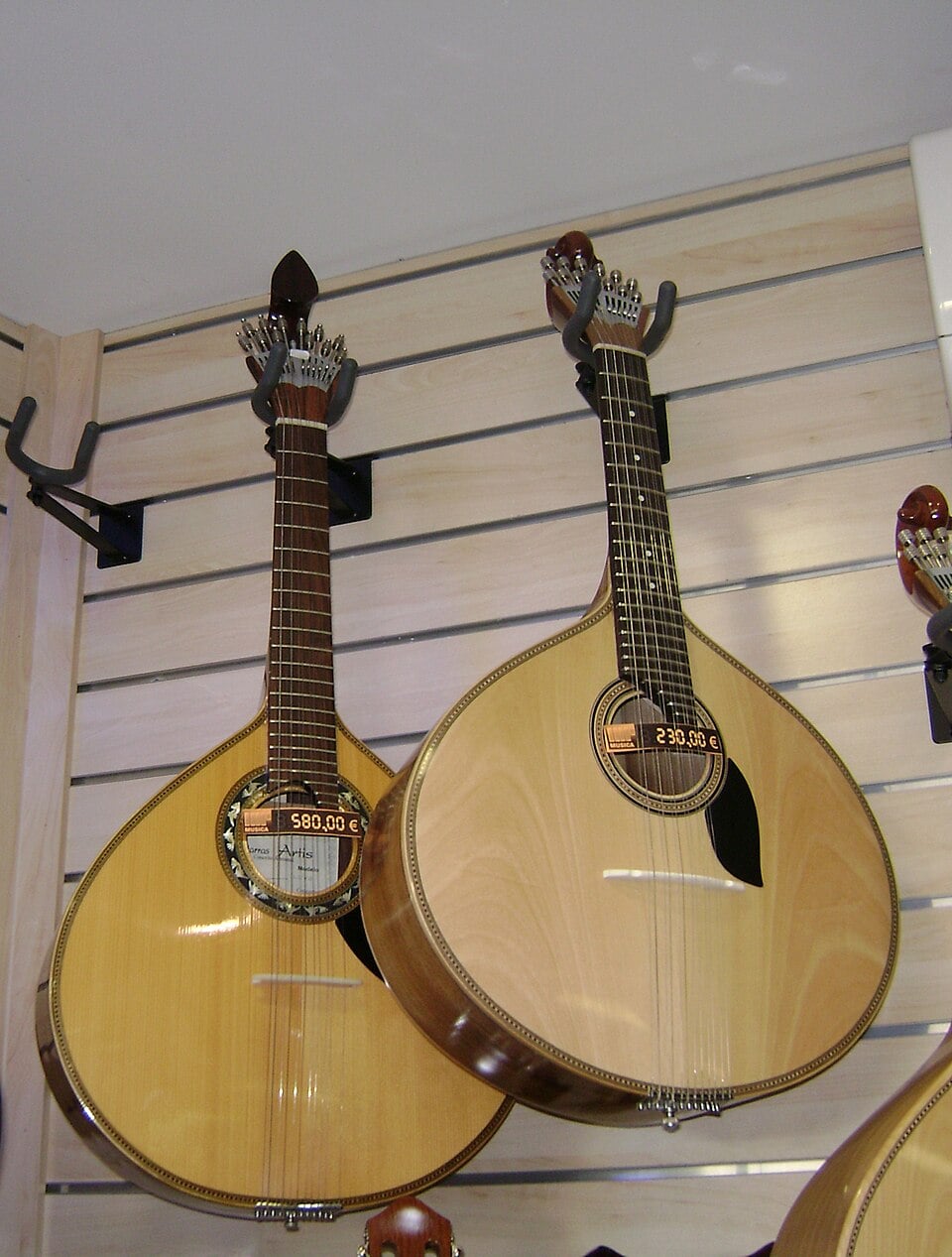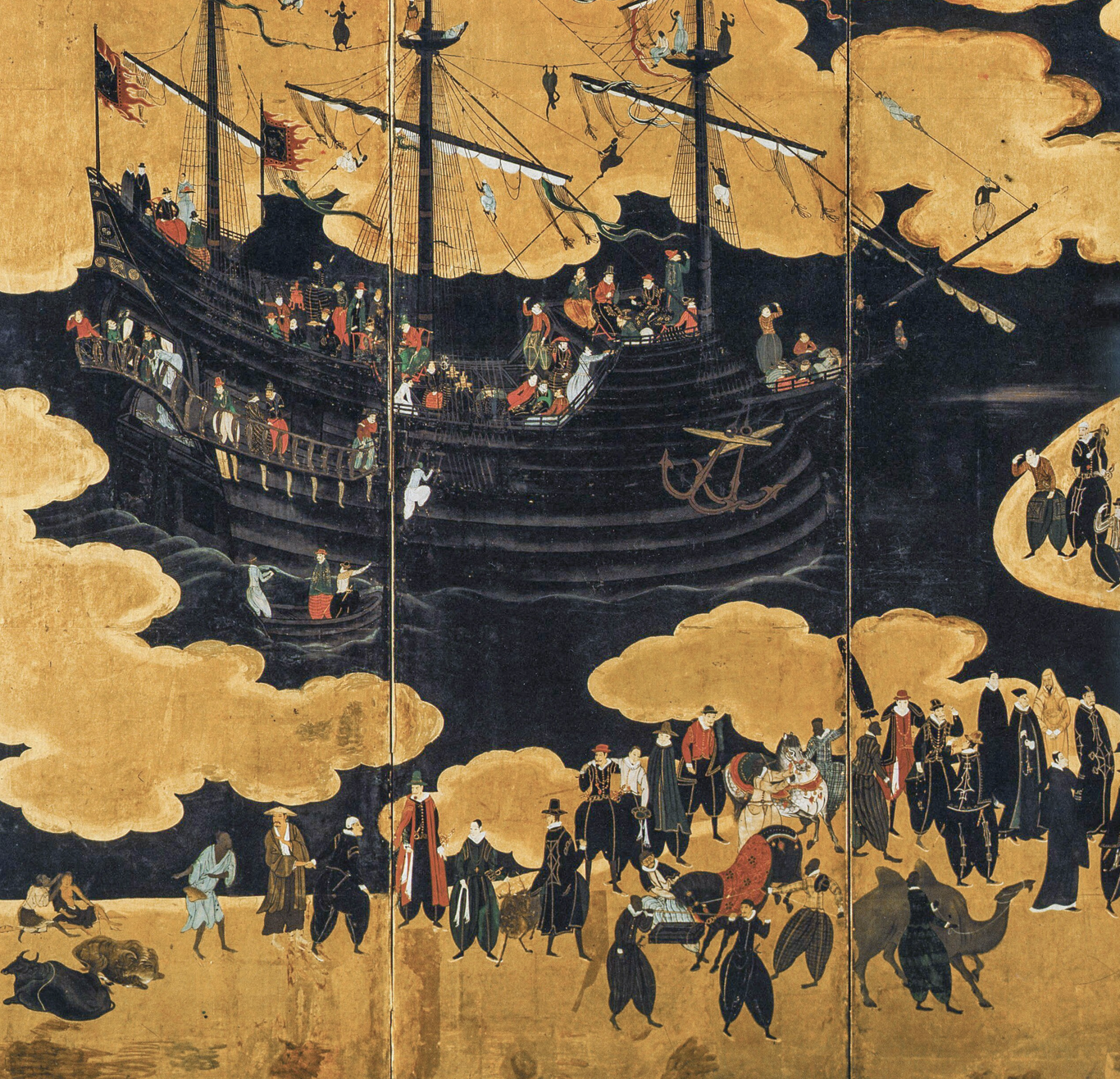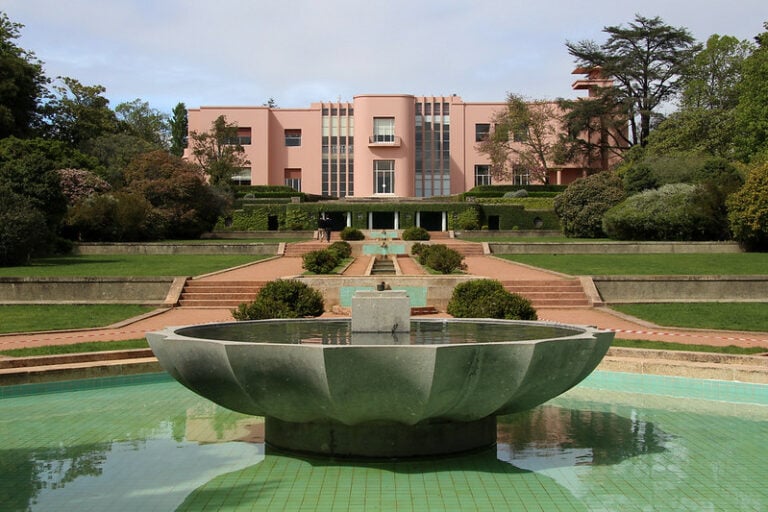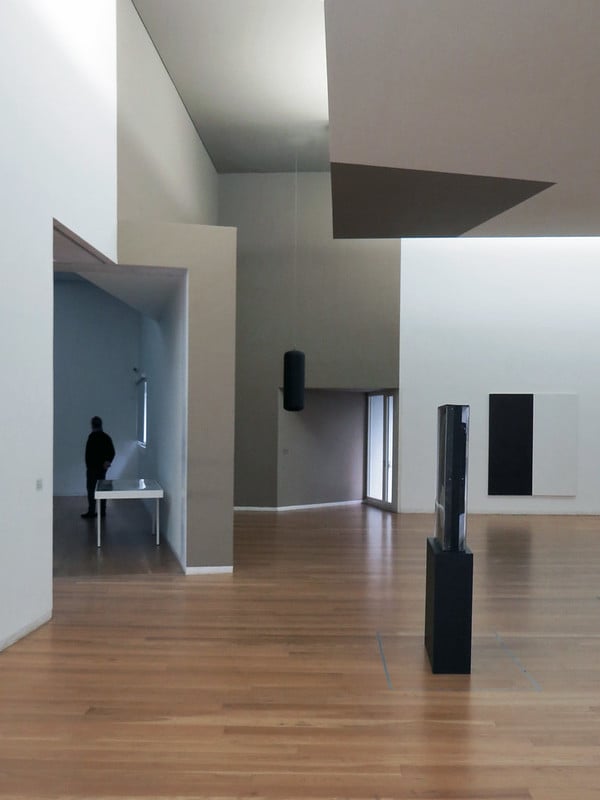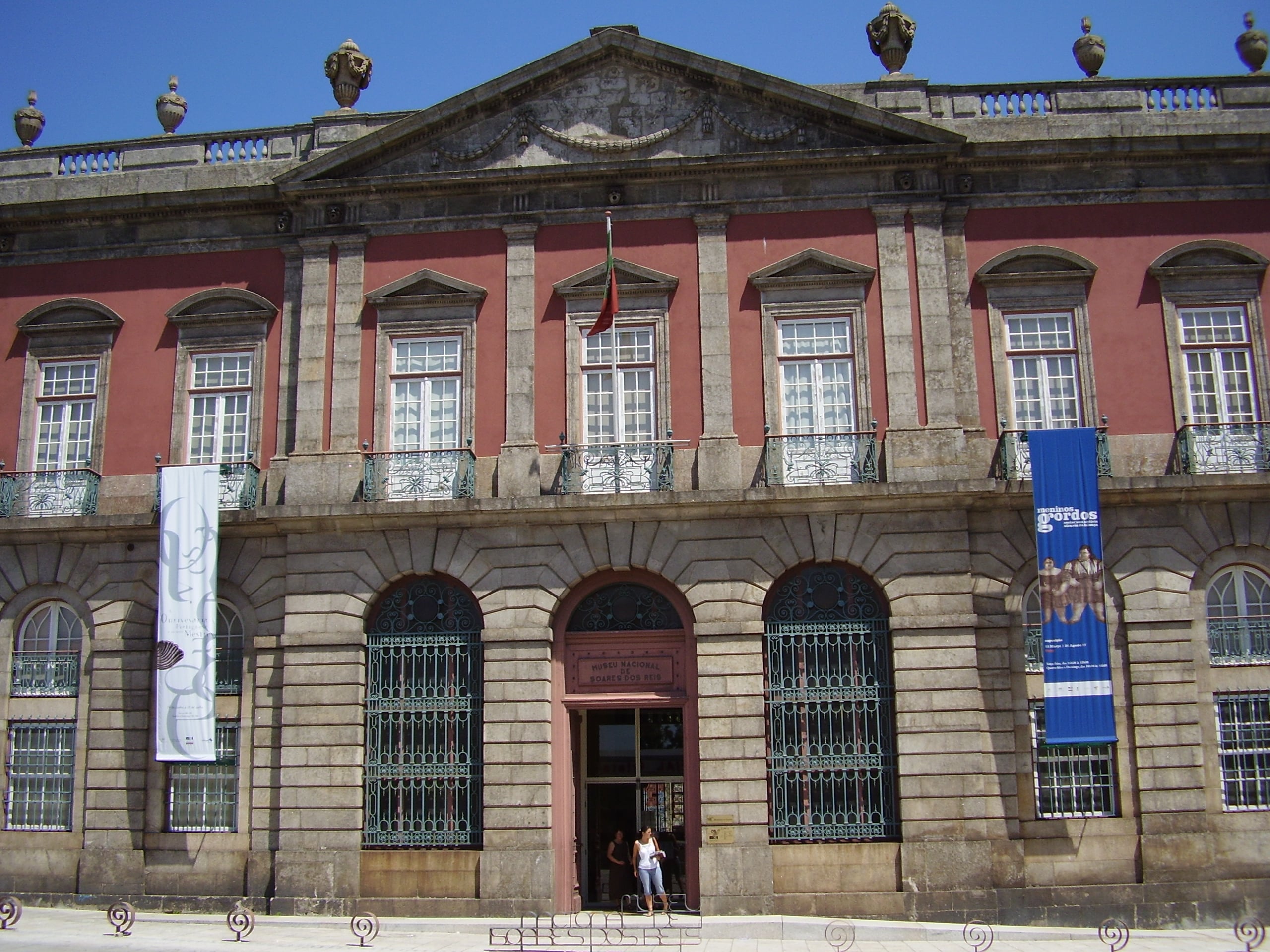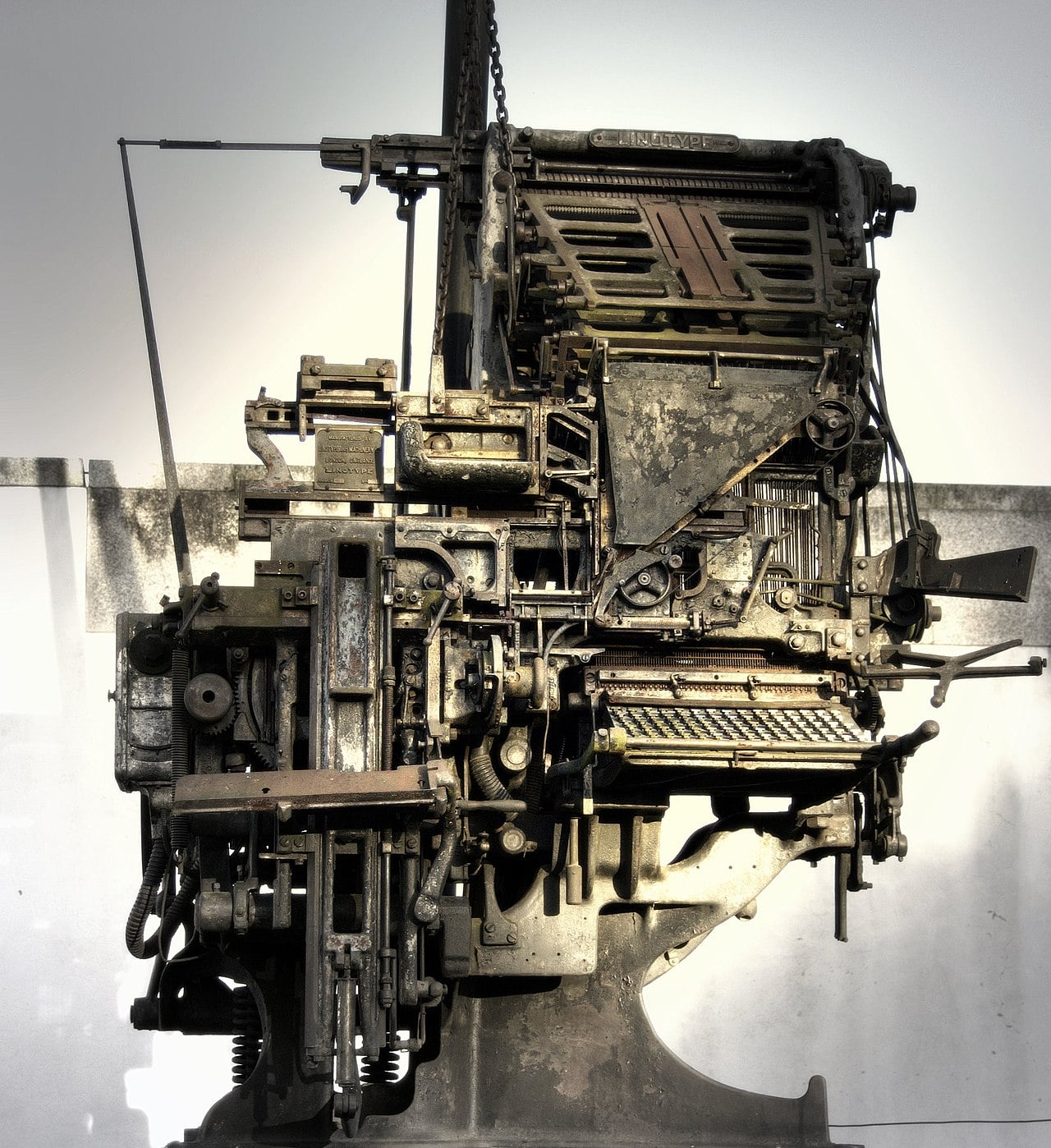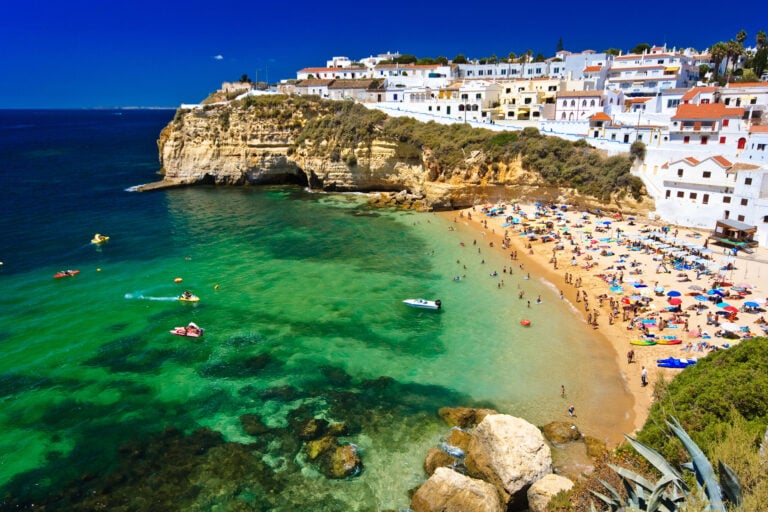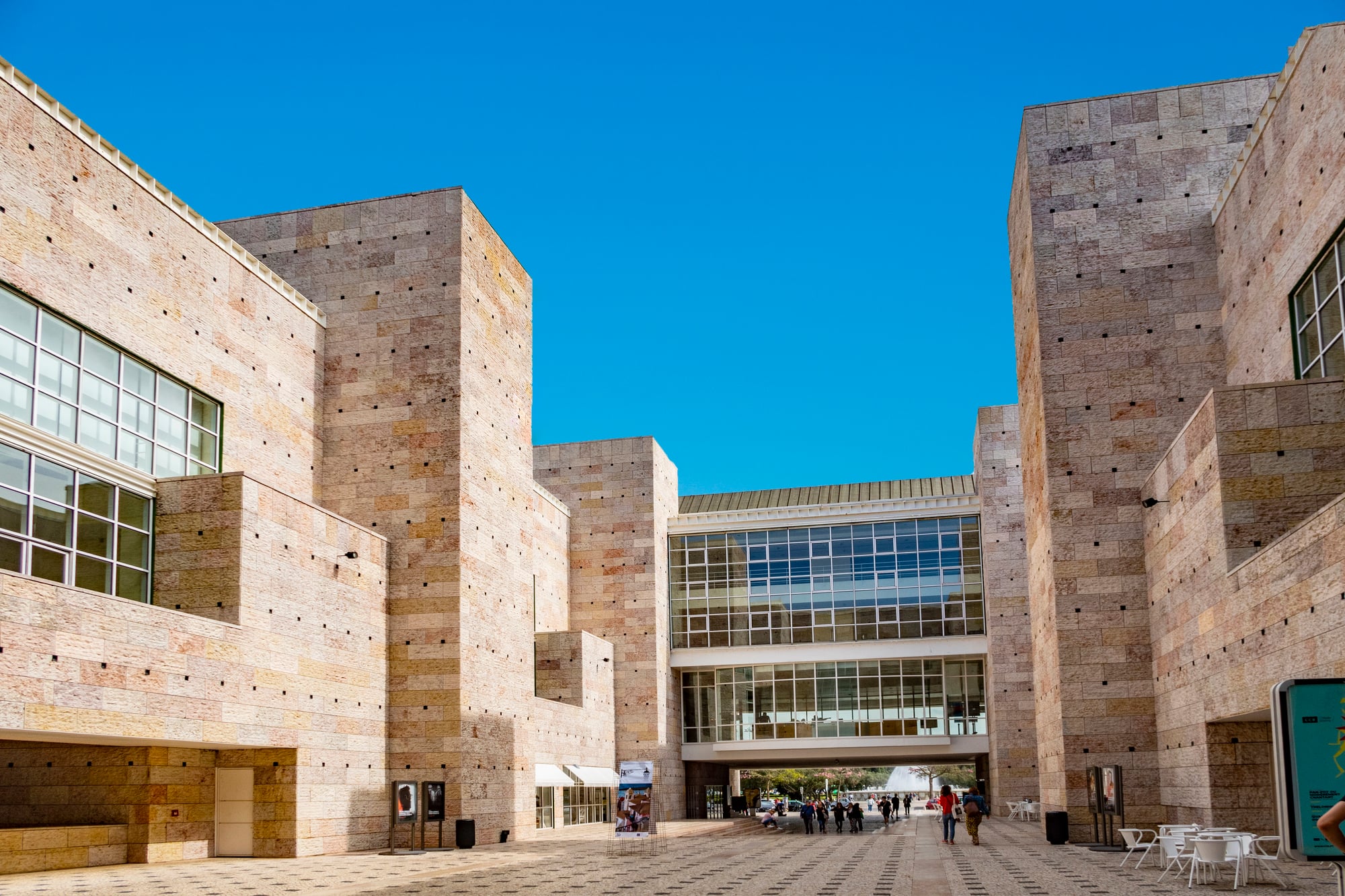Fitness lovers! Are you ready? Portugal has an exciting new challenge on the horizon: the global phenomenon known as HYROX is set to arrive in Lisbon for the very first time in 2026. This high-energy hybrid fitness race, which combines running with functional strength exercises, has exploded in popularity worldwide and now attracts hundreds of thousands of participants eager to test their limits.
As one of the fastest-growing fitness events on the planet, HYROX offers something for everyone while delivering an electrifying atmosphere that brings together all of the hallmarks of a great athletic event: endurance, grit, and community. With its Lisbon debut scheduled for May 1–3, 2026, at the modern Feira Internacional de Lisboa (FIL) in the vibrant Parque das Nações district, this event promises to bring world-class fitness competition to the heart of Portugal.
What Is HYROX?
What is HYROX, you may ask? HYROX is a global fitness competition that combines elements of running and functional strength exercises that is designed to test participants’ endurance, strength, and overall physical capabilities in a standardized format. Often described as “the world series of fitness racing,” each HYROX event follows the same structure worldwide: athletes complete eight 1-kilometer runs, each interspersed with a different functional workout station. These stations include exercises such as the SkiErg (a machine simulating cross-country skiing), sled pushes and pulls, burpee broad jumps, rowing on an ergometer, farmers’ carries (walking with heavy weights), sandbag lunges, and wall balls (throwing a weighted ball to a target height).
This hybrid format makes HYROX accessible to a wide range of fitness levels (from elite athletes to everyday gym enthusiasts) as it emphasizes functional movements that mimic real-world physical demands rather than highly technical skills. Participants can compete in various divisions including Open (standard weights), Pro (heavier weights for advanced competitors), Doubles (teams of two sharing the workload), and Relay (teams of four dividing the race). This format allows for inclusivity across ages and abilities from 16 to over 70 years old.
The Rise of a Global Fitness Phenomenon
The history of HYROX dates back to 2017 when it was founded in Germany by Christian Toetzke, an experienced mass-participation event organizer, and Moritz Fürste, a three-time Olympic gold medalist in field hockey. The first official event took place in Hamburg in April 2018 and attracted around 650 participants. This marked the beginning of what would become a rapidly expanding fitness phenomenon. Toetzke identified a gap in the market: while fitness had become the world’s largest “sport” with millions of gym-goers, there was no major mass-participation event tailored to this community unlike marathons or triathlons. The name “HYROX” is a portmanteau of “hybrid” and “rockstar” and reflects its blend of endurance and strength training while aiming to make participants feel empowered. From its European roots, HYROX expanded quickly, hosted events in over 11 countries by 2020, and adapted to indoor venues to create a stadium-like atmosphere.
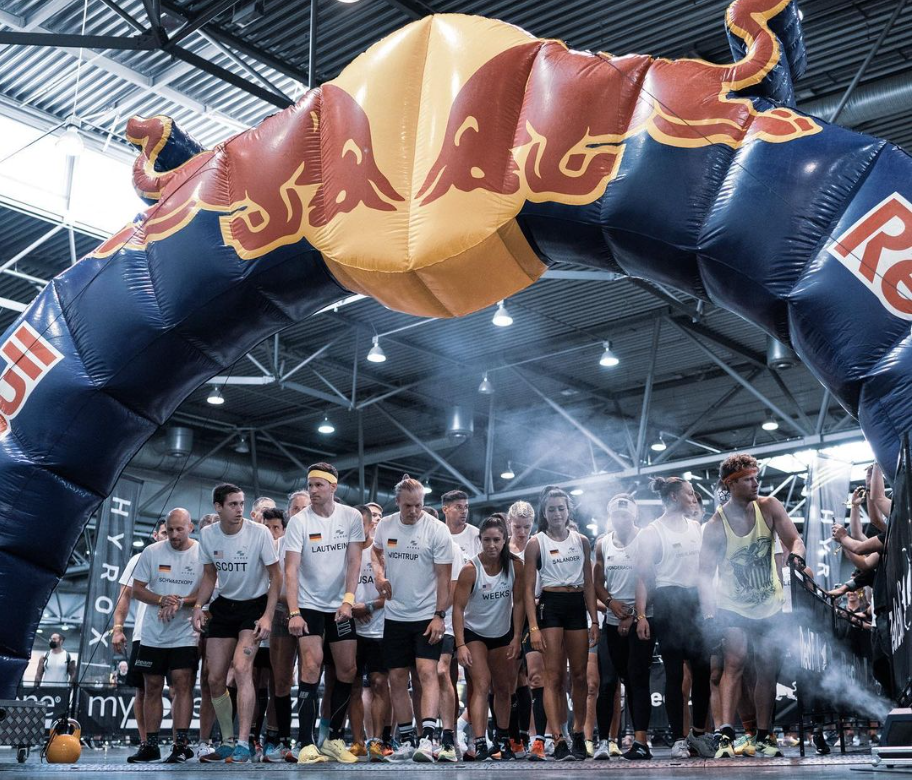
HYROX’s rise in popularity has since been exponential. It has transformed from a niche German event into a global sensation with over 650,000 participants worldwide by 2024. Key factors driving this growth include its accessibility. HYROX requires no specialized equipment beyond standard gym tools and allows for direct global comparisons due to the identical format across the globe. It also has a social media-friendly design with features like shareable patches for finishers and “Training Club Tuesdays” to encourage community involvement. Participation surged by 118% in many cities between seasons with events selling out quickly and some requiring lotteries for entry. For the 2025-26 season, HYROX has planned over 100 events globally. It bridges the gap between traditional endurance races and functional fitness like CrossFit while appealing to a broad audience looking for measurable, competitive goals in their training routines. This viral appeal has positioned HYROX as a way for gym lovers to enter competitive sports and foster a sense of achievement and community.
Lisbon 2026: Dates, Location, & How to Get Involved
And now it’s time for Lisbon! The HYROX race is set to make its debut in Lisbon from May 1 to May 3, 2026, the first time the event will be held in Portugal and one of the most anticipated expansions in the 2025-26 season. This three-day competition will take place at the Feira Internacional de Lisboa (FIL) in Parque das Nações, located at Rua do Bojador, a modern venue in the Lisbon’s eastern district known for its spacious exhibition halls and proximity to Lisbon Humberto Delgado Airport (LIS). The event promises to be full of energy and a strong sense of camaraderie!
Tickets went on sale on December 19, 2025 and are available here. Prices vary by division, but entry typically includes a race package with timing chips and access to the Roxzone (warm-up area).
HYROX Lisboa is already sold across its most popular categories, especially in Singles and Doubles events. Many Friday and Saturday races are no longer available including HYROX Men and Women Singles on Friday, HYROX Men Singles on Saturday, HYROX Pro Men on Friday, and most Doubles categories across Men, Women, and Mixed divisions. Standard Singles and Pro entries are priced at €130, while Doubles entries are €125 per person.
Despite this, there are still several viable entry options especially on Sunday. Available standard entries include HYROX Women Singles on Sunday (€130), HYROX Pro Women on Friday (€130), and multiple Adaptive divisions for both Men and Women across Friday to Sunday (€130). HYROX Doubles Women on Sunday (€125) also remains open. Relay events for Men, Women, and Mixed teams on Sunday are widely available at €80 per person, while charity entries across Singles, Doubles, Pro, and Relay categories remain open at reduced prices ranging from €55 to €90, subject to minimum fundraising requirements.
You can also buy a spectator ticket for Friday, Saturday, or Sunday for €15 here. Children under 12 years do not require a ticket but must be accompanied by an adult with a valid ticket.
As Portugal continues to participate in global fitness trends, the arrival of HYROX in Lisbon represents an exciting opportunity for locals and visitors to engage in a world-class competition. Get out there and see what it’s all about – and maybe you can even participate next year!



